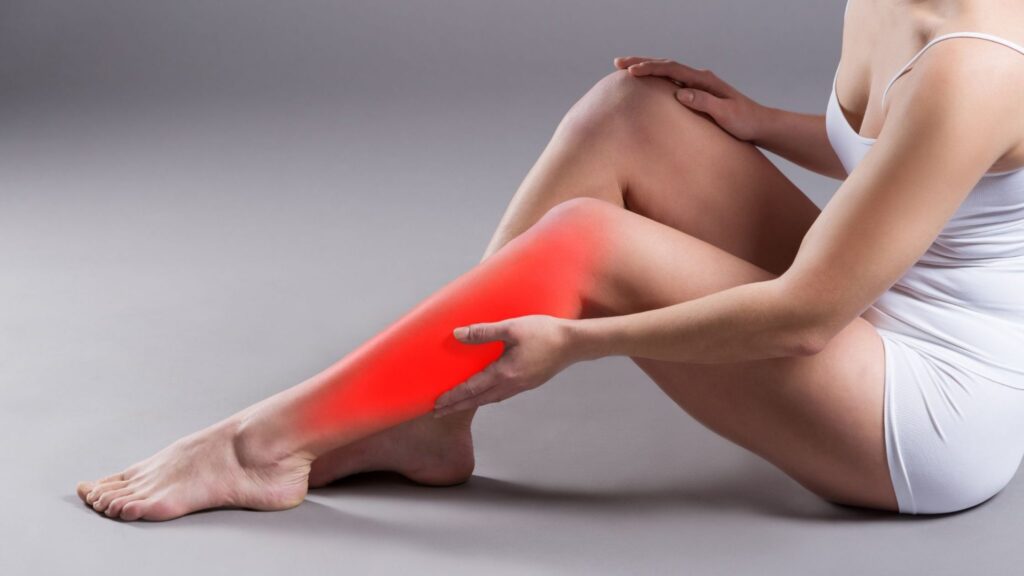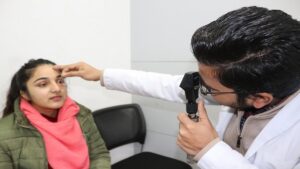
Nerve – The spinal cord damages any part or part of the spine or nerves located at an end in the canal (cauda equina). It is often accompanied by permanent changes in the strength, sensation, and body functions beneath the area of injury.
If you’ve suffered an injury to the spinal cord could seem as though all aspects of your life are affected. You may feel your injury’s effects physically, socially, and emotionally.
Dr. Mike Austin believes that advancements in research will eventually make the repairs for spinal cord injuries feasible. Research studies are underwear all over the world. While we wait, treatment and rehabilitation help many suffering from spinal cord injuries to lead productive and independent lives.
Problems Associated With Spinal Disc or Disc Pain
There are a variety of terms that can be used to describe problems associated with spinal disc or disc pain. Each is operated differently and sometimes in conjunction.
The Most Commonly Used Times Are:
- Herniated disc.
- Nerve pinched.
- Ruptured/torn disc.
- Bulging disc.
- Disc protrusion.
- Slipped disc.
Herniated Disc:
Herniated discs occur if inflammatory proteins form the disc’s core. There is no agreement on the proper use of these terms, and it isn’t enjoyable to hear a diagnosis described in multiple ways.
The medical diagnosis determines the root causes of lower back discomfort, leg pain, and other symptoms. Dr. Mike Austin explains that it is better to understand the underlying cause of the diagnosis than to decipher the various medical terms.
Two Reasons For Pain Pinched Nerve vs. Disc Pain
There are two primary ways that a disc in the spinal column can cause discomfort:
1. Nerves Are Pinched:
In most cases, herniated discs are not painful, but the fluid that leaks from the disc pinches or inflames the nearby nerve, causing radiating pain. Radicular pain (also known as neuro root pain) is a term used to describe intensity. Shooting pains radiate outwards to other parts of the body, like from the lower back down the leg or from the neck to the arm. A nerve that is pinched is usually referred to as sciatica.
2. Disk Discomfort:
A spinal disc can cause pain when it is dehydrated or degenerated to the point that it causes instability and pain in the spine, called degenerative disc disease. Degenerative disc pain can consist of constant and low-level pain around the disc and occasional periods of pain that are more severe.
A herniated disk and degenerative disc disease are typically seen in the neck (neck) and the lumbar spine (lower back). Distinction pain is more prevalent at the bottom of the spine, where most movements and weight-bearing within the spine occur. It is not the case in the mid-back (the Thoracic spine).
Sciatica Leg Pain:
Sciatica is a condition that causes pain in the lower extremities. It occurs when pressure is placed on a nerve. It often happens as the nerve travels through the lumbar spine or leaves. That is more of a symptom than a diagnosis. It is subjectively felt by the patient as if the leg were moving.
Sciatica can be caused by various conditions, including a herniated disc, spinal Stenosis, or osteophytes. These conditions can cause sciatica. However, sciatica may also be a symptom of other diseases or diagnoses.
Symptoms of Sciatica
Dr. Mike Austin that sciatica is a feeling that one feels as if they are experiencing numbness or tingling down their legs. It is usually caused by pressure on the nerves as they pass through or leave the lumbar spine. Numbness and tingling can occur if there is insufficient pressure on the nerve. Pain or weakness can occur if there is more pressure.
a. Causes:
Herniated discs and spinal Stenosis are all possible causes of pressure on the nerves of the lumbar spine. However, stress may occur as the nerves pass through different compartments in the leg, known to be compartment syndromes. These are much less common.
b. Diagnosis:
To determine the cause of sciatica, the patient must first obtain a complete history. Then, a thorough physical exam is required. Next, diagnostic tests are needed to confirm the results. An MRI scan can show disc herniation, spinal Stenosis, or other conditions that pressure the spine and nerves. A myelogram may be followed by a CT scan of the spine if this doesn’t provide enough detail or if there are still questions.
According to Dr. Mike Austin, these imaging studies can be beneficial in illustrating the anatomy of the spine, but they don’t give any information about nerve function. A nerve conduction study or EMG may provide additional information about the nerves’ actual position.




